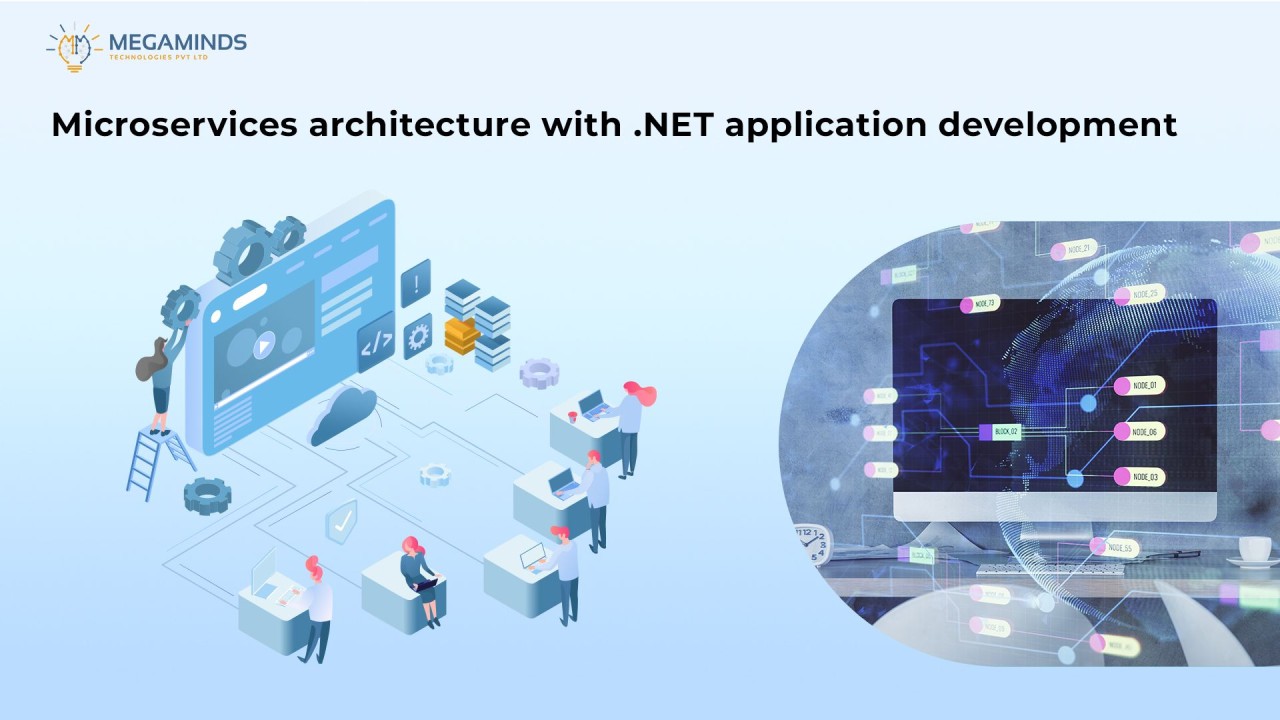Microservices Architecture: Enhancing Scalability in Web and Mobile Apps
Microservices architecture has transformed the way web and mobile applications are developed, enabling greater scalability, flexibility, and efficiency. Unlike traditional monolithic applications, where all functionalities are built as a single unit, microservices architecture breaks an application into smaller, independent services that work together. Each microservice is responsible for a specific function and communicates with other services through APIs.
One of the biggest advantages of microservices is scalability. Since each service operates independently, developers can scale specific parts of an application without affecting the entire system. This is particularly beneficial for applications experiencing high traffic, as developers can allocate more resources to critical services without over-provisioning the entire application. Cloud platforms such as AWS, Google Cloud, and Azure offer microservices-friendly environments, making it easier for businesses to manage distributed services.
Microservices architecture also enhances development efficiency. Different teams can work on separate microservices simultaneously, reducing development time and enabling continuous deployment. This modular approach allows for faster updates and easier maintenance since developers can make changes to individual services without disrupting the entire application. Moreover, microservices improve fault isolation—if one service fails, it does not necessarily bring down the entire application.
Despite its advantages, implementing microservices comes with challenges. Managing multiple services requires a robust API management strategy to handle inter-service communication. Tools such as Kubernetes, Docker, and service meshes like Istio help automate deployment, monitoring, and scaling of microservices. Security is another concern, as multiple entry points increase the risk of cyber threats. Strong authentication, encryption, and API security measures are essential to protect microservices-based applications.
As businesses strive to create more agile, scalable, and resilient applications, microservices will continue to play a crucial role in web and mobile development. By adopting best practices and leveraging modern DevOps tools, developers can successfully implement microservices and build applications that are flexible, high-performing, and easy to maintain.







